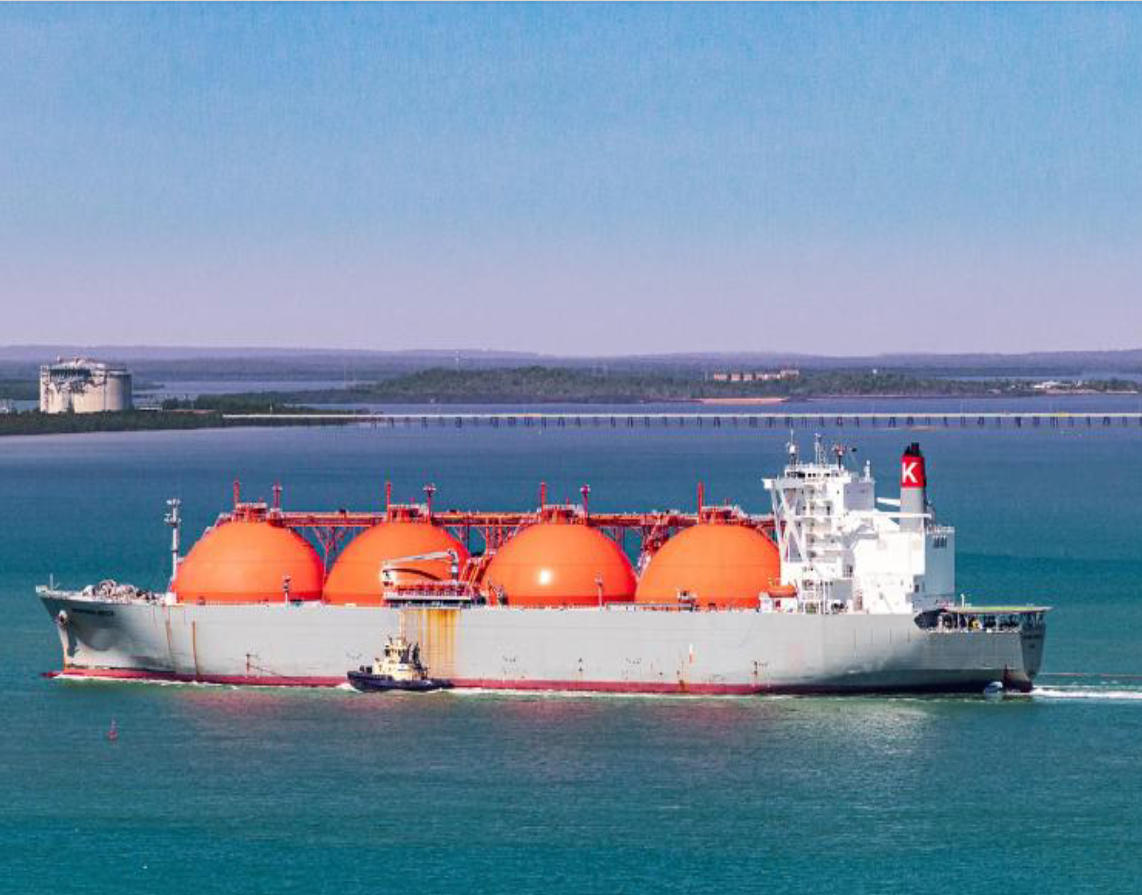LNG Charter Markets - When Operational Flexibility & Financial Hedging Protect Value
Read the full detailed case study here
The global LNG fleet is the critical bridge between basins. Our case shows how tuning charter curves and hedges in X‑LNG turns freight from a cost shock into a managed risk across a 2026 schedule
The Challenge
How do you quantify and hedge portfolio P&L sensitivity to charter rates while preserving routing flexibility (US → Asia vs US → Europe) and avoiding basis traps?
Our Approach
• X‑LNG optimization across charter‑rate scenarios (USD 10k-70k/day) with/without spot market usage
• Breakeven analysis to locate the routing “flip point”
• Hedging overlays using Baltic 174k LNG freight futures (BLNG2‑174) sized to monthly on‑hire ship‑days at ratios from 0% to 100%


Results & Breakthroughs
• Breakeven: ≈ USD 40/day - below this, all cargoes optimize US → China; above this, diversions to Europe emerge.
• P&L Sensitivity (per +USD 10k/day): with spot ≈ -USD 5.14m vs without spot ≈ -USD 6.44m - a ~significant 20% reduction in downside slope.
• ≥ USD 50k/day: shorter US → Europe legs and DES–DES matching act as a partial “natural hedge,” cushioning the fall even without financial hedges.
Financial Hedging (BLNG2-174) - what Works
• Map monthly on‑hire ship‑days → size hedge lots (0%, 33%, 50%, 67%, 100%).
• 100% hedged: largely insensitive to ± hire shifts; 0% hedged benefits most if rates fall.
• Spot‑enabled, unhedged: offers partial protection via shorter routes - valuable, but not a substitute for higher hedge ratios in large up‑moves.
Key Takeaway
→ Combine operational flexibility (spot/diversions) 𝐰𝐢𝐭𝐡 futures hedges sized by ship‑days.
→ Target the ≈ USD 40k/day flip zone for decisions; beyond ≈ USD 50/day, expect optimization to tilt Atlantic.
→ Outcome: smoother P&L slopes and better downside control under freight spikes.
→ This case study is an introductory, highly simplified environment; subsequent case studies will dive into real‑world complexities (basis effects, calendar/tenor mismatch, dynamic hedging, chartering in/out, EU ETS exposure, and canal constraints) for deeper charter‑rate sensitivity and hedging analysis.

.svg)
Legal Notice
Impressum
Angaben gemäß § 5 TMG
Calypso Ventures GmbH
Bismarckstraße 10/12
10625 Berlin
Handelsregister: HRB 239736 B
Amtsgericht Charlottenburg
Umsatzsteuer: DE342781749
Vertreten durch:
Michael Schach
Kontakt
Telefon: +49 30 41734423
E-Mail: [email protected]
Nutzungsvereinbarungen
Imprint
Disclosures according to German law § 5 TMG
Calypso Ventures GmbH
Bismarckstraße 10/12
10625 Berlin
Registered number: HRB 239736 B
Amtsgericht Charlottenburg (Germany)
VAT: DE342781749
Represented by:
Michael Schach
Contact
Phone: +49 30 41734423
E-Mail: [email protected]
User Agreements
LNG Charter Markets - When Operational Flexibility & Financial Hedging Protect Value

Read the full detailed case study here
The global LNG fleet is the critical bridge between basins. Our case shows how tuning charter curves and hedges in X‑LNG turns freight from a cost shock into a managed risk across a 2026 schedule
The Challenge
How do you quantify and hedge portfolio P&L sensitivity to charter rates while preserving routing flexibility (US → Asia vs US → Europe) and avoiding basis traps?
Our Approach
• X‑LNG optimization across charter‑rate scenarios (USD 10k-70k/day) with/without spot market usage
• Breakeven analysis to locate the routing “flip point”
• Hedging overlays using Baltic 174k LNG freight futures (BLNG2‑174) sized to monthly on‑hire ship‑days at ratios from 0% to 100%

Results & Breakthroughs
• Breakeven: ≈ USD 40/day - below this, all cargoes optimize US → China; above this, diversions to Europe emerge.
• P&L Sensitivity (per +USD 10k/day): with spot ≈ -USD 5.14m vs without spot ≈ -USD 6.44m - a ~significant 20% reduction in downside slope.
• ≥ USD 50k/day: shorter US → Europe legs and DES–DES matching act as a partial “natural hedge,” cushioning the fall even without financial hedges.
Financial Hedging (BLNG2-174) - what Works
• Map monthly on‑hire ship‑days → size hedge lots (0%, 33%, 50%, 67%, 100%).
• 100% hedged: largely insensitive to ± hire shifts; 0% hedged benefits most if rates fall.
• Spot‑enabled, unhedged: offers partial protection via shorter routes - valuable, but not a substitute for higher hedge ratios in large up‑moves.

Key Takeaway
→ Combine operational flexibility (spot/diversions) 𝐰𝐢𝐭𝐡 futures hedges sized by ship‑days.
→ Target the ≈ USD 40k/day flip zone for decisions; beyond ≈ USD 50/day, expect optimization to tilt Atlantic.
→ Outcome: smoother P&L slopes and better downside control under freight spikes.
→ This case study is an introductory, highly simplified environment; subsequent case studies will dive into real‑world complexities (basis effects, calendar/tenor mismatch, dynamic hedging, chartering in/out, EU ETS exposure, and canal constraints) for deeper charter‑rate sensitivity and hedging analysis.

.svg)
Legal Notice
Impressum
Angaben gemäß § 5 TMG
Calypso Ventures GmbH
Bismarckstraße 10/12
10625 Berlin
Handelsregister: HRB 239736 B
Amtsgericht Charlottenburg
Umsatzsteuer: DE342781749
Vertreten durch:
Michael Schach
Kontakt
Telefon: +49 30 41734423
E-Mail: [email protected]
Nutzungsvereinbarungen
Imprint
Disclosures according to German law § 5 TMG
Calypso Ventures GmbH
Bismarckstraße 10/12
10625 Berlin
Registered number: HRB 239736 B
Amtsgericht Charlottenburg (Germany)
VAT: DE342781749
Represented by:
Michael Schach
Contact
Phone: +49 30 41734423
E-Mail: [email protected]
User Agreements



.svg)
